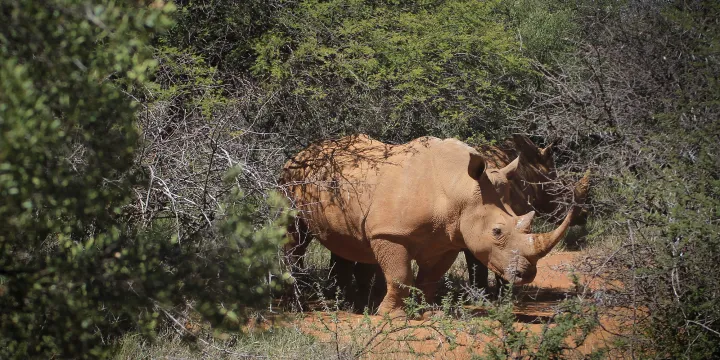Africa’s wildlife populations have plummeted by 76 per cent between 1970 and 2020, according to WWF’s Living Planet Report 2024, underscoring the urgent need for decisive action to safeguard the continent’s natural ecosystems.
This stark decline, spanning mammals, birds, amphibians, reptiles, and fish, reflects the mounting threats facing Africa’s wildlife, primarily driven by habitat loss, over-exploitation, climate change, pollution, invasive species, and disease.
The report highlights that freshwater ecosystems are the most severely affected, with an 85 per cent decline in global freshwater species.
Terrestrial and marine ecosystems are also experiencing significant declines of 69 per cent and 56 per cent respectively.
These figures illustrate the increasing pressures on rivers, lakes, oceans, and wetlands, driven by overgrazing, overfishing, deforestation, land-use changes, pollution, and water abstraction.
Despite the grim overall trends, there are success stories that offer hope.
In Kenya, conservation efforts have led to a stabilization or increase in populations of priority species like the African lion, African elephant, and black rhino.
The black rhino, in particular, has rebounded from a population of just 400 individuals in the 1980s to 1,004 in 2023.
This is a major milestone for the critically endangered species, thanks to coordinated conservation actions by stakeholders at all levels.
However, the report warns that without immediate interventions, Africa could cross critical ecological tipping points, with devastating consequences for biodiversity, food security, water availability, and climate resilience.
The degradation of ecosystems not only threatens wildlife but also the livelihoods of millions of people who depend on healthy natural environments for their survival.
To prevent further loss, the WWF emphasizes the need for transformative global action. The report calls for a complete overhaul of conservation strategies and a rethinking of energy, food, and financial systems to ensure that development is sustainable and inclusive.
Meeting global targets on nature and climate by 2030 will be critical to halting the decline of wildlife populations and preserving Africa’s rich biodiversity.
In response, Kenya has demonstrated its commitment to these global goals through its National Biodiversity Strategies and Action Plans (NBSAPS).
The country has also pledged to restore 10.6 million hectares of degraded landscapes as part of the Bonn Challenge, backed by a 15-billion-commitment aimed at reversing ecosystem degradation.
WWF-Kenya’s CEO, Mohamed Awer, praised Kenya’s leadership in biodiversity conservation and climate action, stating, “The stabilizing populations of priority species offer hope, but to avoid catastrophic tipping points, global climate finance must reach affected nations and local communities.”
Jackson Kiplagat, WWF-Kenya’s Head of Conservation Programmes, echoed this sentiment, noting that the success of species like the black rhino demonstrates the impact of sustained conservation efforts.
While these successes are encouraging, they also highlight the need for continued global and local collaboration to ensure that Africa’s wildlife thrives and that ecosystems remain resilient in the face of growing environmental challenges.




